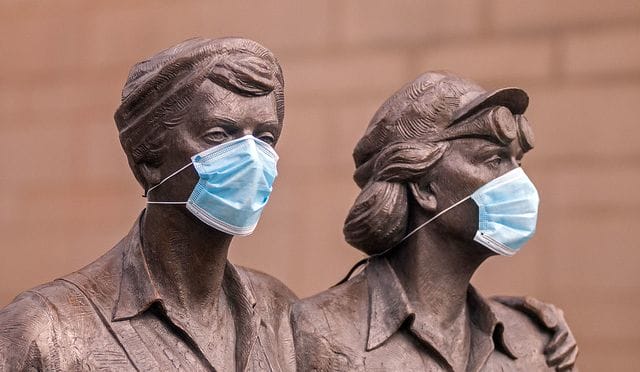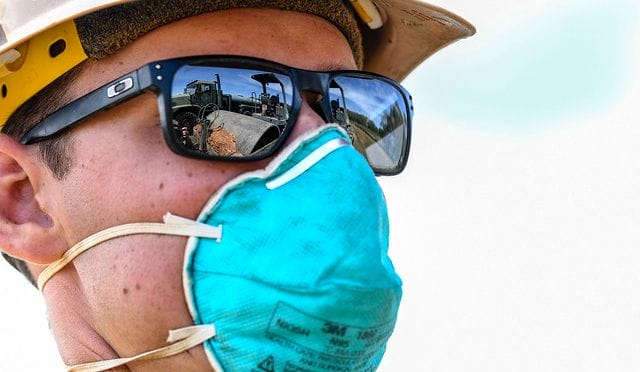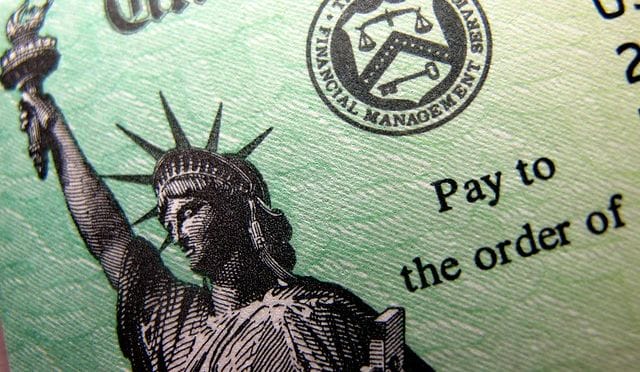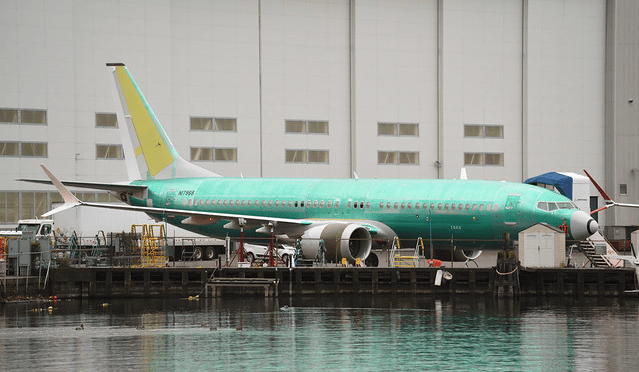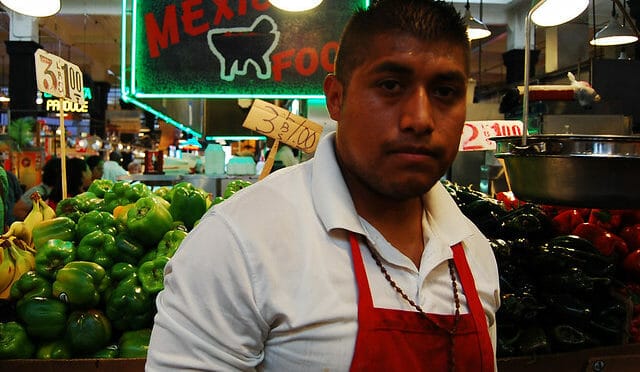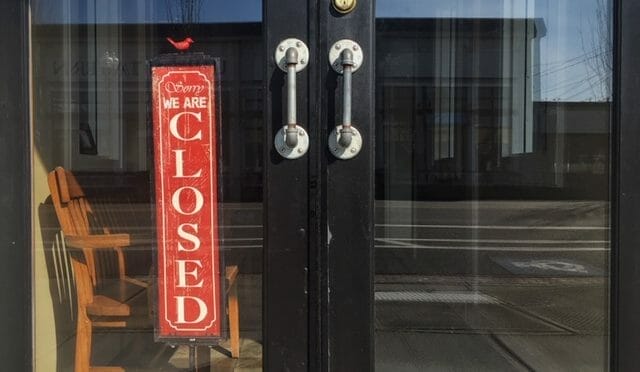Washington businesses ignoring pandemic closure orders and deciding to open or operate in direct violation of Gov. Inslee’s Stay Home, Stay Healthy order may be cited and fined for unsafe workplace conditions under emergency rules filed May 26, 2020 by the state Department of Labor and Industries (DLI).
The closure order and the Safe Start Plan to reopen businesses are in place to keep workers and the public safe and to prevent the spread of the easily transmissible coronavirus.
The emergency rules, enacted at the direction of the Governor, take effect immediately. They give DLI the authority to cite businesses for being open or for operating in a way that is purposely defying the phased-in approach and, as a result, putting their workers at risk.
“We’re all in this together, and most businesses are doing the right thing for our state and our communities. Unfortunately, there are some that are choosing not to,” said DLI Director Joel Sacks. “The coronavirus is a known workplace hazard and businesses must follow the requirements to keep their workers and the public safe.”
Protecting worker safety and ensuring a level playing field
DLI will work with the state Emergency Operations Center to take in and respond to complaints about businesses ignoring pandemic closure orders and operating illegally. If employers are found to be defying the Governor’s order, they’ll be informed and directed to close or adjust operations immediately. If they do not, they’ll face a workplace safety citation that could carry a fine of nearly $10,000 or more.
Along with contacting businesses by phone and in writing, DLI will perform in-person spot checks on some of the businesses to make sure they are following through and complying with the Safe Start requirements. It’s not fair to employers who are following the law when other businesses defy it. DLI’s role will complement efforts by the Liquor and Cannabis Board and other state licensing and permitting agencies.
Stay informed
The nature of the outbreak changes daily so it’s important for everyone to have the most current information. DLI has a COVID-19 webpage, and there’s important information on the state Coronavirus Response (COVID-19) site. There’s also an online form for people to report suspected violations of the Governor’s orders regarding essential business functions, evictions, and social distancing.
Information is the best resource to protect workers and the public. DLI urges employers to stay as informed as possible, and to take all measures necessary to keep Washington workers safe and healthy.
